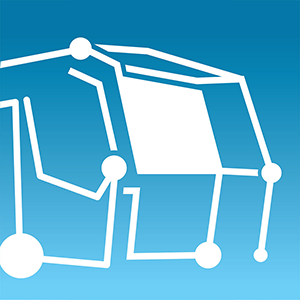
Plasser & Theurer has developed and built a range of robust, high-performance track renewal machines based on the modular design kit principle. They work according to different methods. What they all have in common is the precise track geometry following renewal, with the manipulated materials being treated as carefully as possible.
The Plasser AssemblyLiner – successor to the tried-and-tested SMD series – was developed to further increase the cost-effectiveness of track renewal using the assembly-line method in short track possessions. This machine system can be used for both track renewal and track laying thanks to a quick conversion without additional parts.
In track-renewal operating mode, the sleeper wagons and the front part of the renewal machine run on the old track, while the rear part of the renewal machine is supported on a crawler running gear. The running gear travels in the gap between where the old sleepers are being picked up and the new ones laid, ensuring high traction power.
The new sleepers are precisely laid on the base ballast. Gantry cranes on the material train transport old and new sleepers from and to the towed sleeper wagons.
A major advantage over the cyclic method (with gantry cranes) is the high renewal capacity. Further benefits are the careful treatment of the material, particularly the rails, and the more careful treatment of the base ballast (sleeper bed). Preparatory work such as pre-assembling track panel sections is no longer needed.
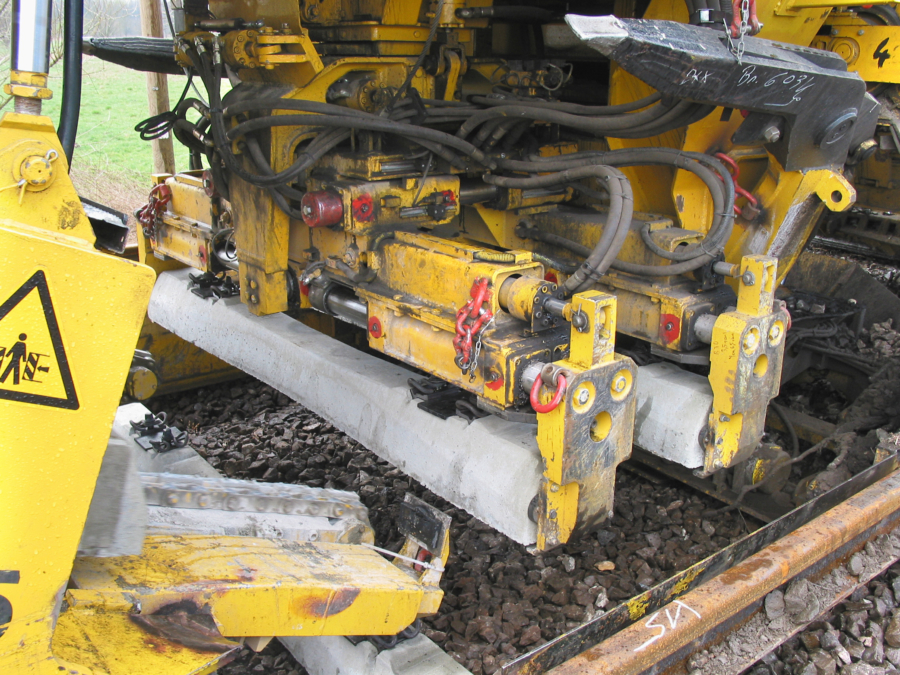
With one version of the track-laying unit, two sleepers can be laid simultaneously (2-sleeper cycle). This significantly increases the working speed while the sleepers are laid with high precision.
The machine is guided during operation with the aid of state-of-the-art control systems. The SmartALC Automatic Guiding Computer serves as the control centre for an exact track geometry with this machine group as well.
The existing track geometry can be retained or the new track can be realigned and laid differently. Tracks can also be lowered, and the distance to the overhead contact line is usually a specification that must be adhered to. The old track geometry can be “copied” during track renewal; when laying track, the machine is guided by a reference wire.
All work units and sleeper transport systems are controlled and monitored by freely programmable, railway-compatible control electronics with powerful data transfer technology (data bus).
The DRP Data Recording Processor is used to record and document work parameters.

“We work on around 40 construction sites throughout Europe every year. Track renewal takes place on 90% of them; the remaining construction sites involve removing and laying track – a great advantage that the machine is suitable for all three applications. Many of the construction sites are around 5 km long, and the work can be done in 2 to 3 shifts.”
Károly Szabolcs
Swietelsky AG Site Manager/Shift Supervisor on the SMD 80 for 15 years
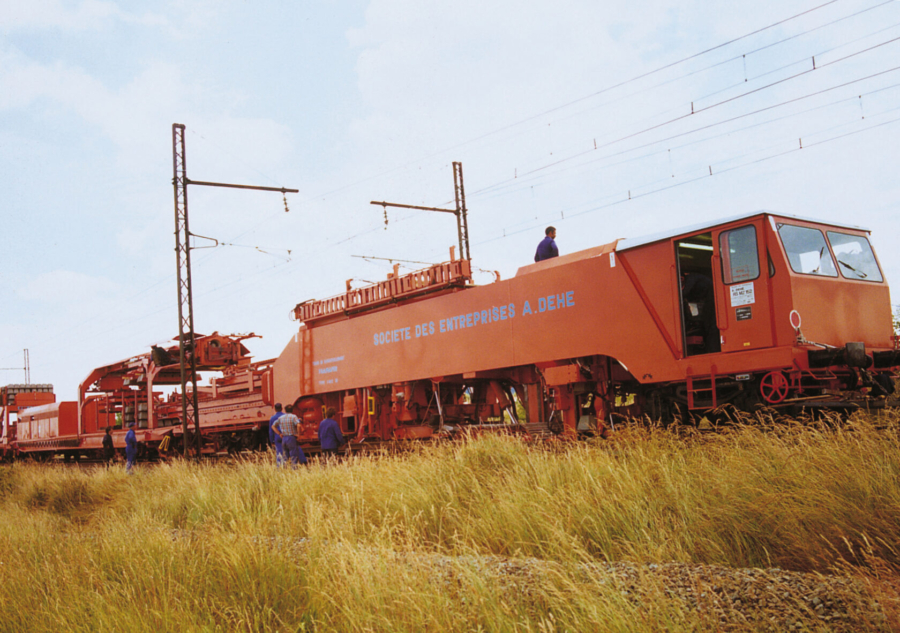

Sweden:
2,020 m of track were renewed during an effective working time of only 6 hours.
France:
1,285 m of track were renewed in just 3.5 hours
of effective working time.
Australia:
appears in the Guinness World Records – 10,003 sleepers renewed in 24 hours
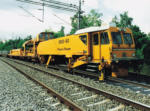
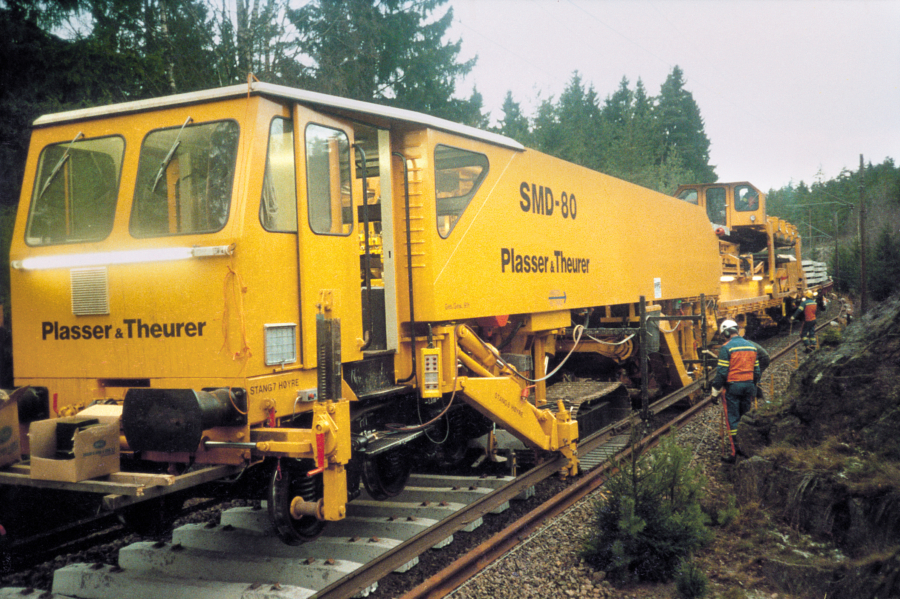
The rear bogie of the track renewal machine is raised hydraulically, resulting in a large free working area.
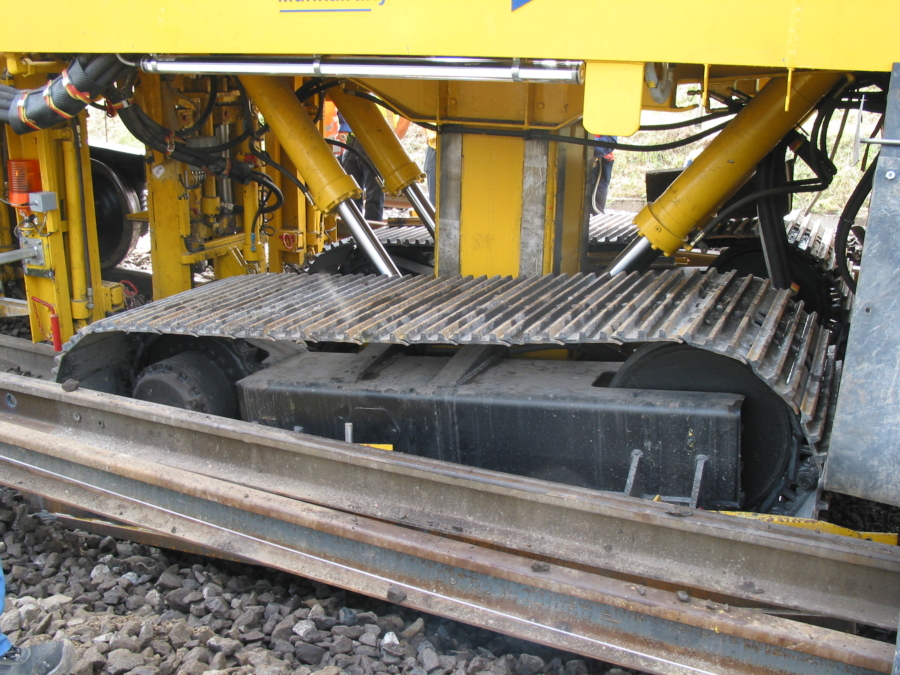
The crawler running gear of the SMD system is used to propel the machine forwards during operation.
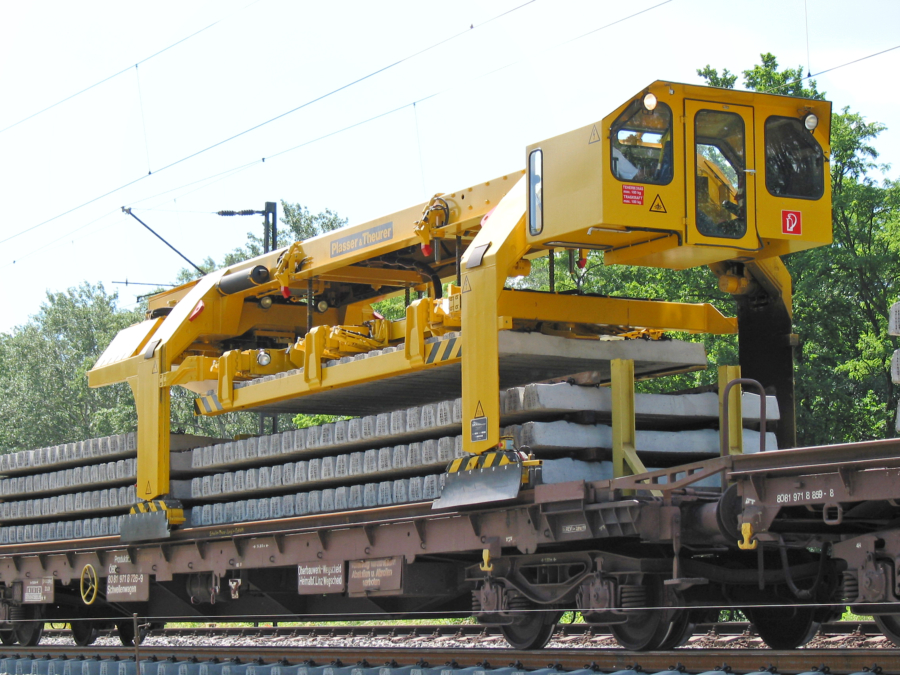
The gantry crane running at the top of the transport wagons can deliver 20 to 25 concrete sleepers at a time.
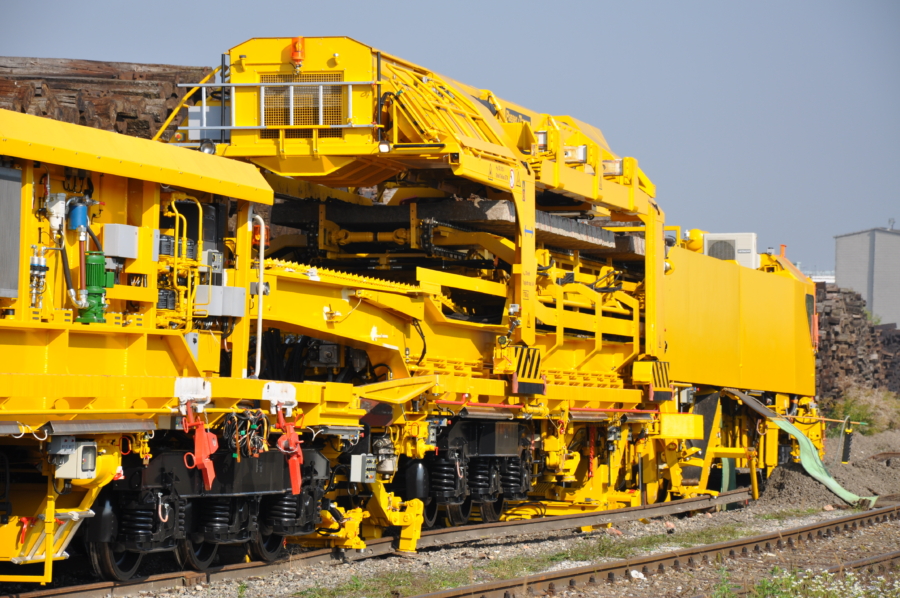
The new concrete sleepers are placed on the upper conveyor belt. A little lower down, the old sleepers are collected for removal by the gantry crane.
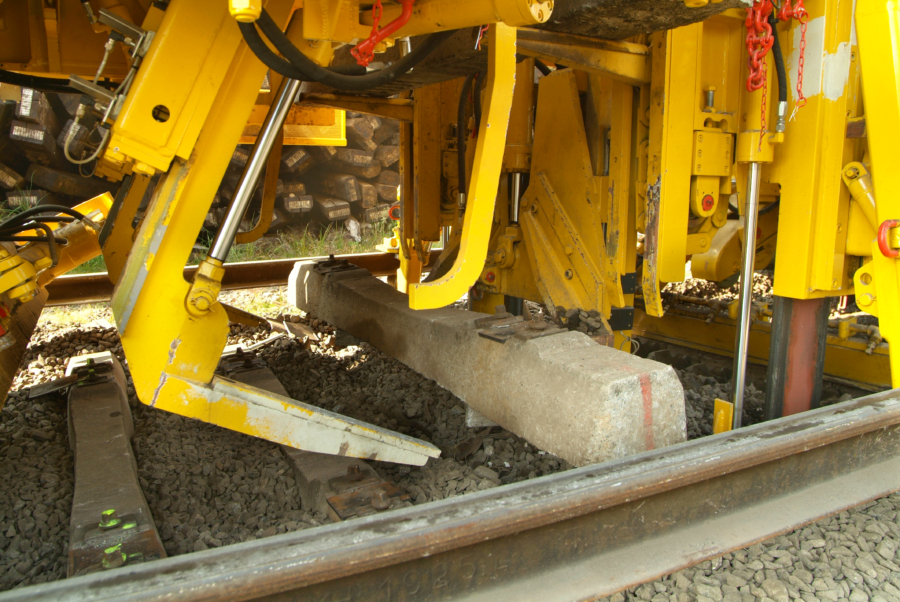
The old sleepers are removed from the ballast bed and transported to the transfer platform.
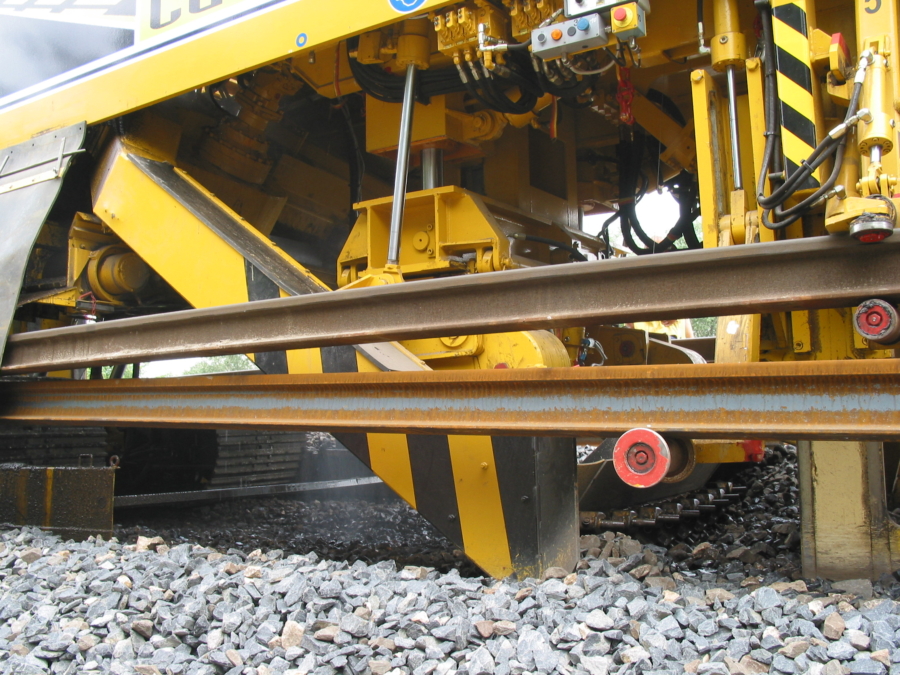
The excavating chain with cross conveyor belts produces a perfect ballast formation for laying the new sleepers, even with large quantities of ballast to be moved.
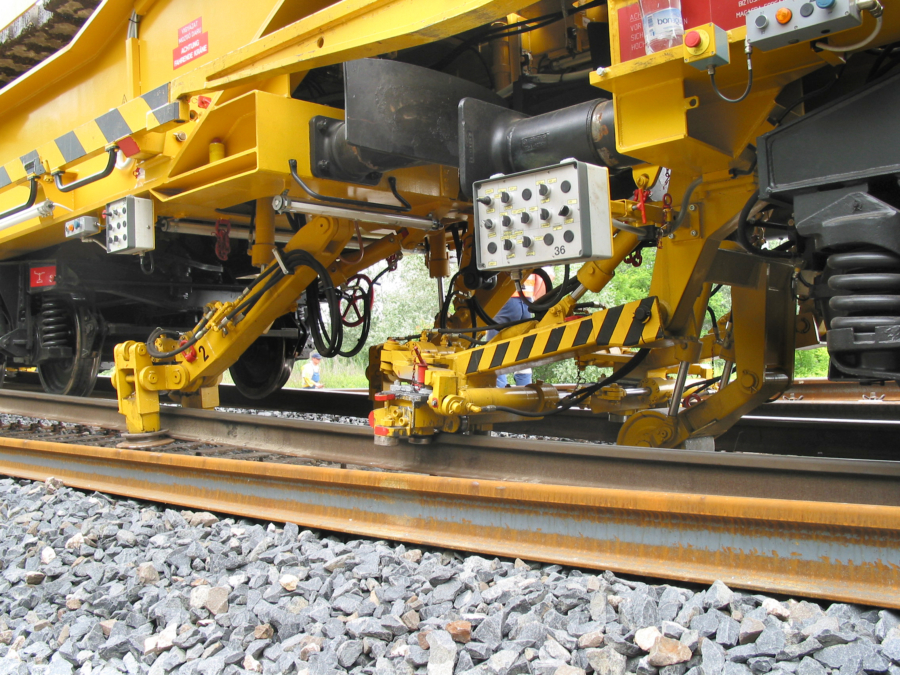
Adjustable rail guiding clamps and rollers are used to pick up the old and new rails
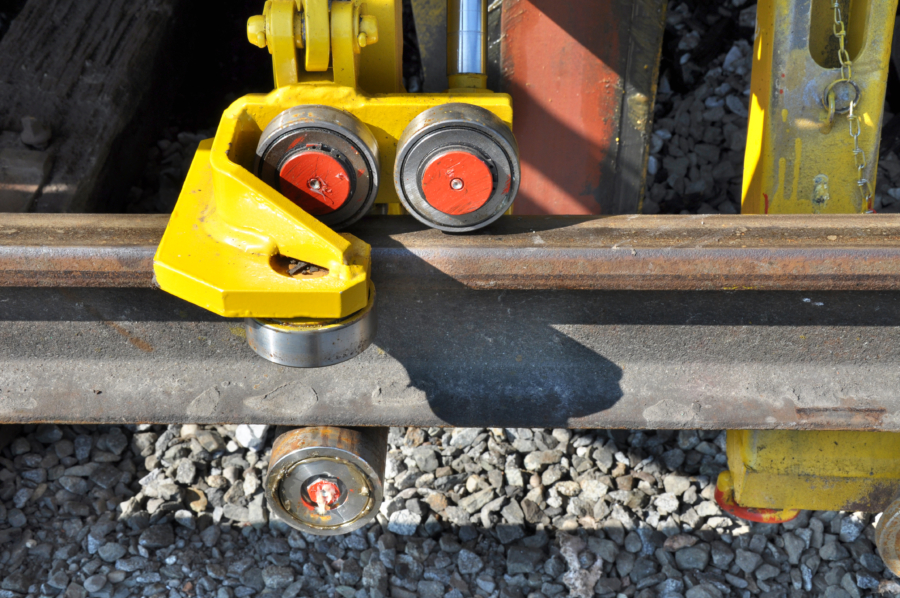
The rails are guided alongside the machine.
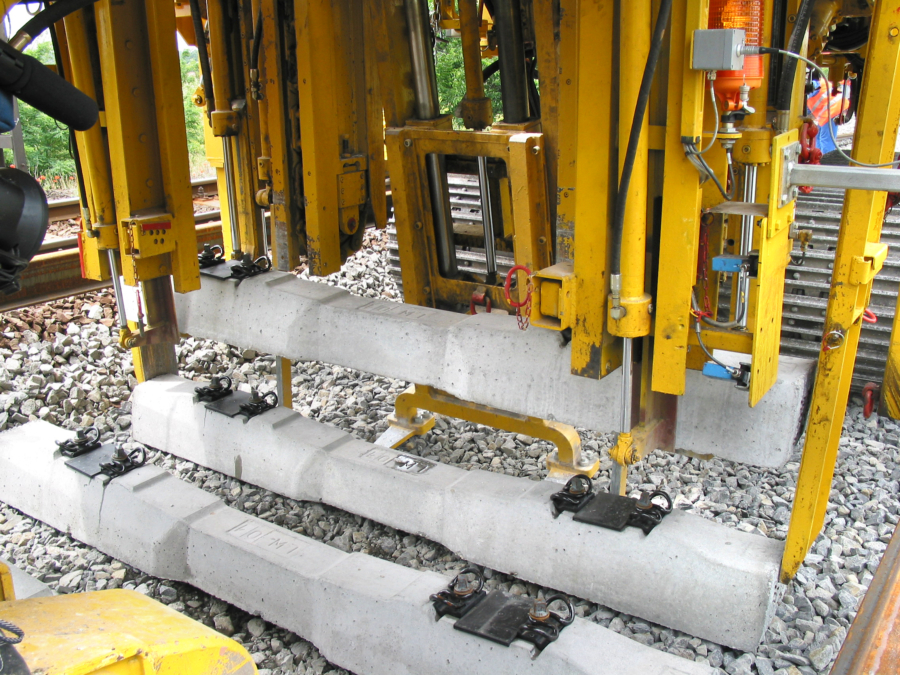
The laying unit is used to lay the new sleepers at exact, preselectable spacing on the ballast formation. In curves, they are laid radially, so no follow-up work is required for positioning.
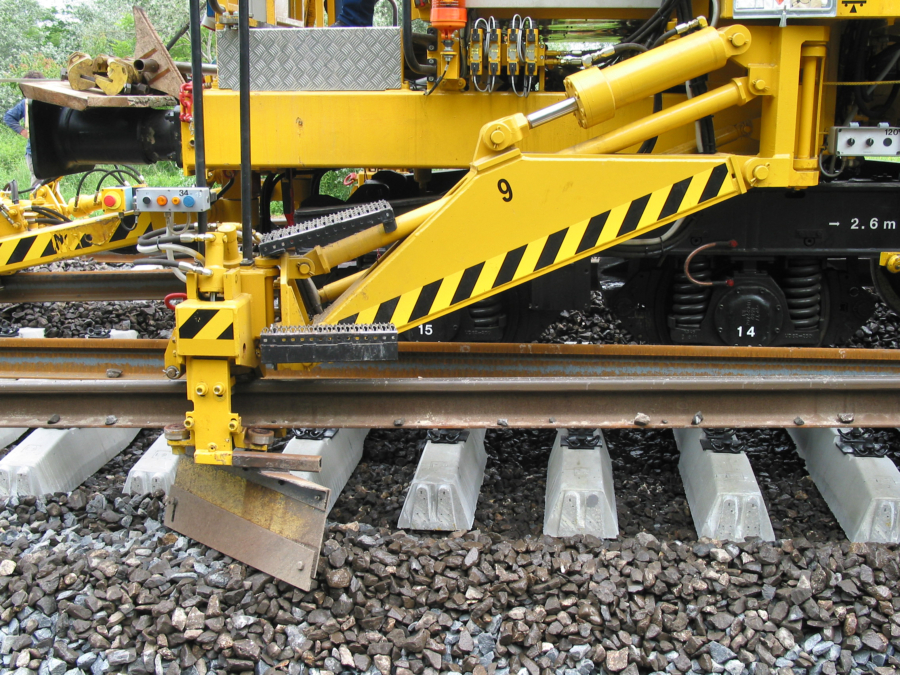
The brighter, upper rail is the new one. It is moved from the sleeper ends to the rail fastening.
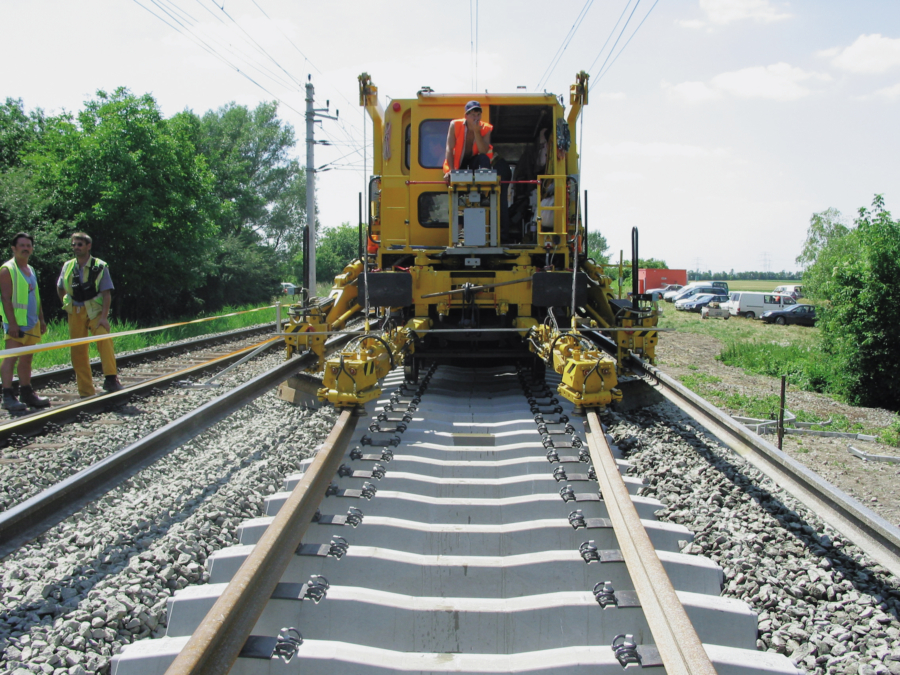
The new rails are laid and the old rails reinstalled using rail guiding clamps and spreading devices. Behind the AssemblyLiner, the new rails are threaded into fastenings on the sleepers. The old rails are placed on the sleeper end.